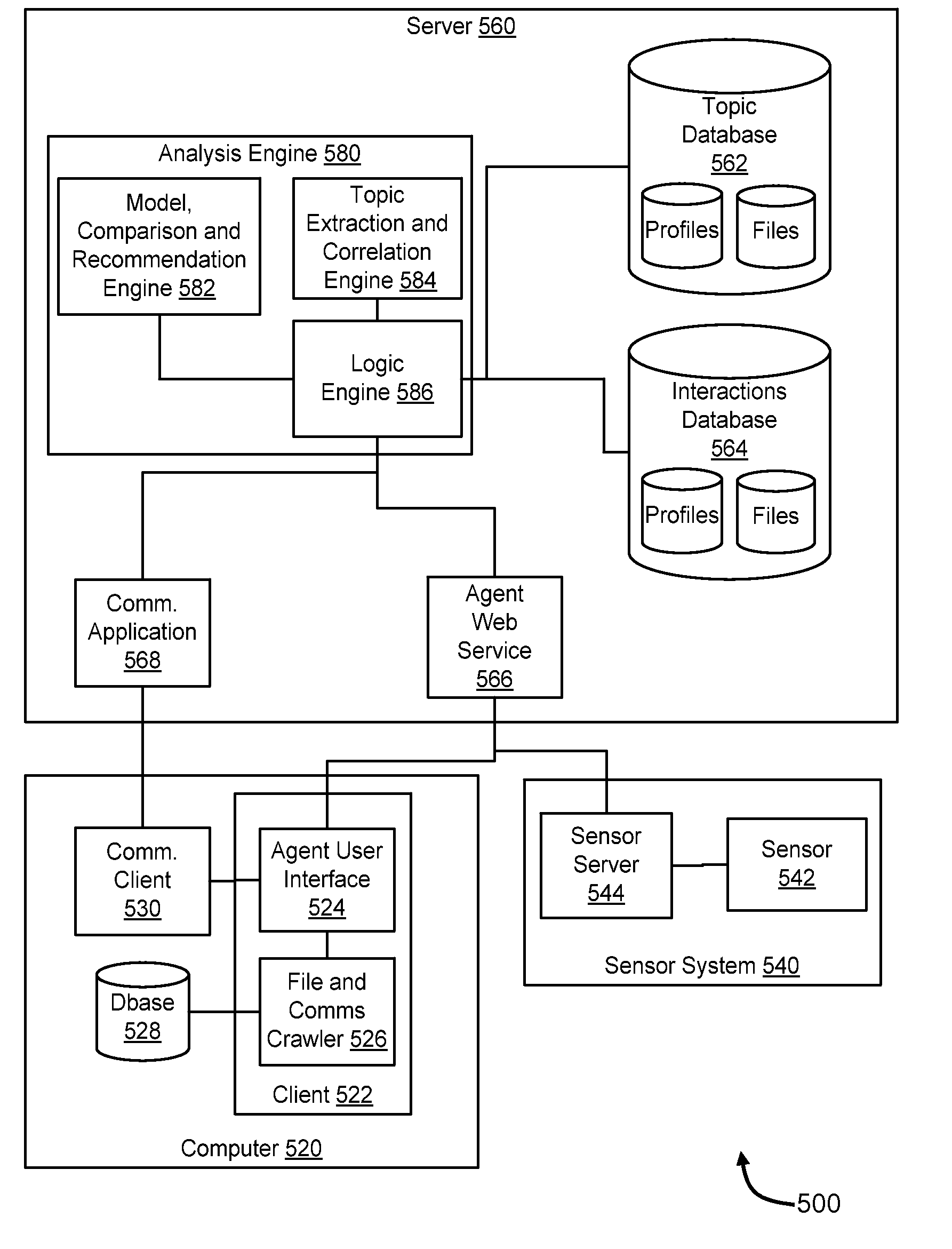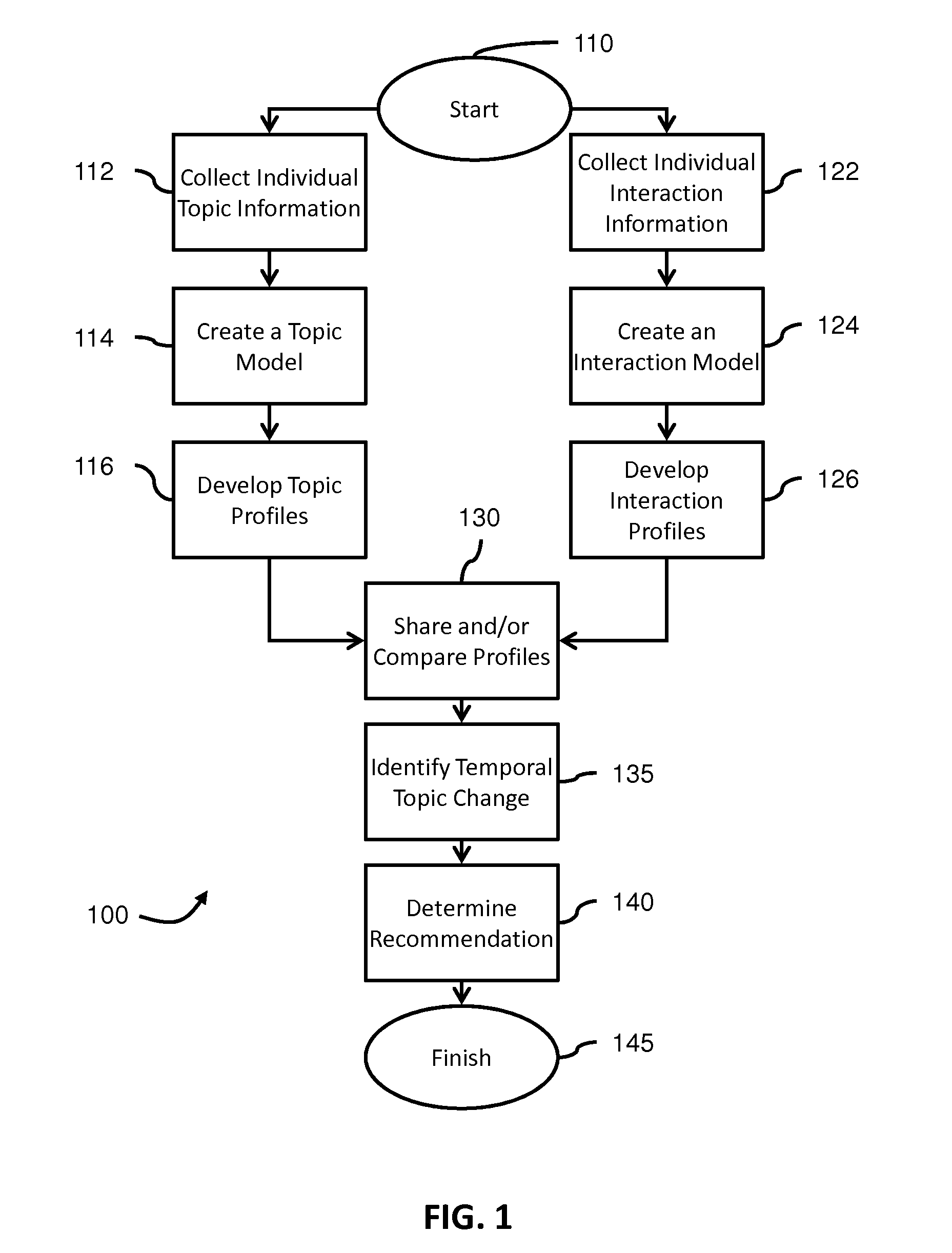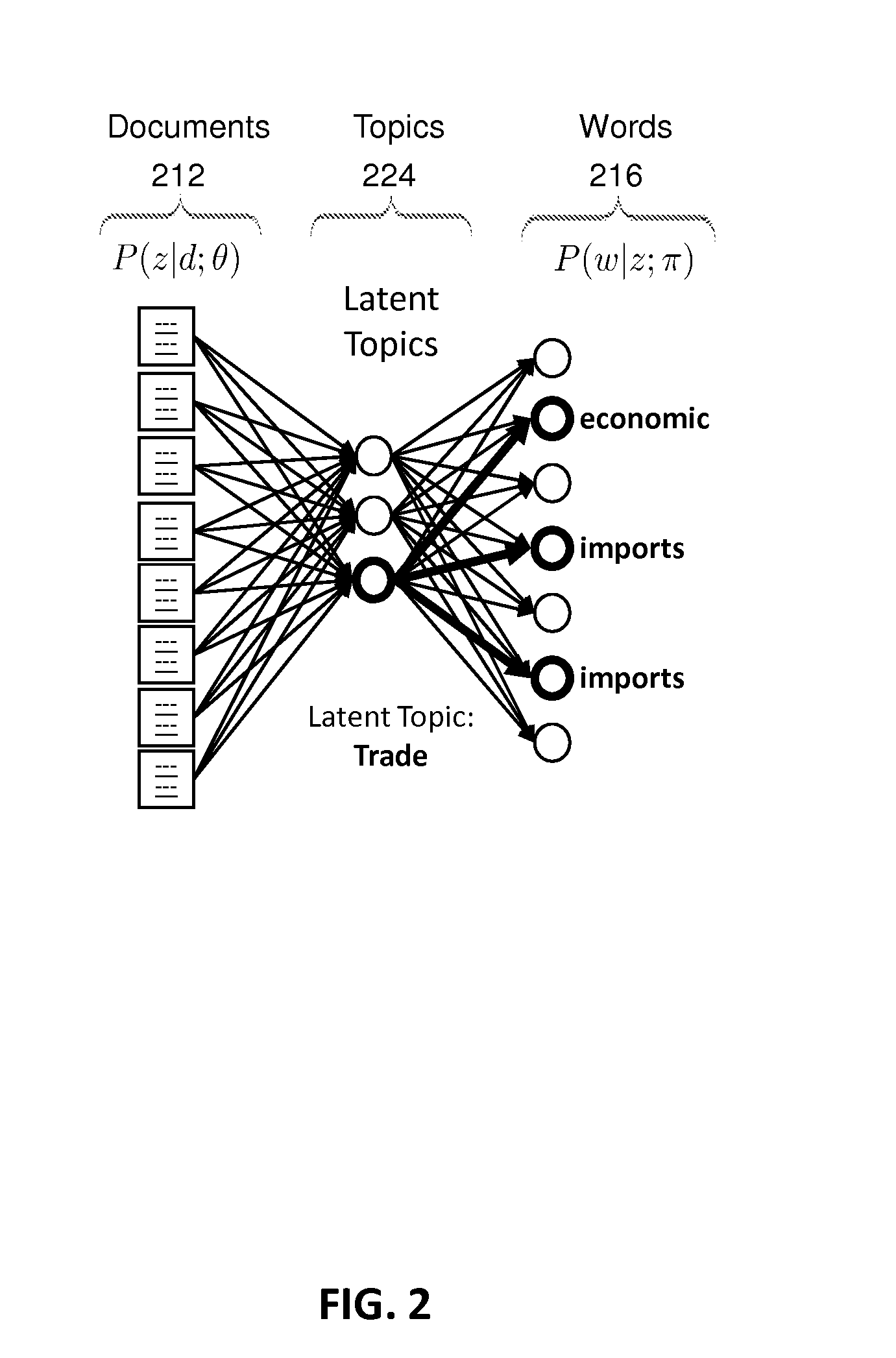Systems and methods for analyzing entity profiles
a technology of entity profiles and analysis methods, applied in the field of system and method analysis of entity profiles, can solve the problems of increasing complexity of activities relying on the collection and integration of information previously unavailable, limiting the interaction of individuals with others to happenstance, and increasing the difficulty of a given individual to retain a “running tally”
- Summary
- Abstract
- Description
- Claims
- Application Information
AI Technical Summary
Benefits of technology
Problems solved by technology
Method used
Image
Examples
Embodiment Construction
[0035]The entity profiling system and methods for analyzing described below comprise one embodiment of the subject invention. The use of the entity profiling system embodiment in the description is for illustration purposes and is not intended to be limiting. Other embodiments of the systems and methods described, as would be contemplated by a person in the art, are contemplated and included in this description.
[0036]As used throughout this description, the following terms have the following meanings
[0037]Attribute: A characteristic or feature of an entity or a group of entities that can be distinguished by content, time, place, and / or entity.
[0038]Automatically: Having the capability of starting, operating, moving, etc., independently. One example includes executing machine instructions on a periodic or event based interval without the need for a user to actively participate in the execution of the instructions.
[0039]Collaboration: The sharing of information between two or more ind...
PUM
 Login to View More
Login to View More Abstract
Description
Claims
Application Information
 Login to View More
Login to View More - R&D
- Intellectual Property
- Life Sciences
- Materials
- Tech Scout
- Unparalleled Data Quality
- Higher Quality Content
- 60% Fewer Hallucinations
Browse by: Latest US Patents, China's latest patents, Technical Efficacy Thesaurus, Application Domain, Technology Topic, Popular Technical Reports.
© 2025 PatSnap. All rights reserved.Legal|Privacy policy|Modern Slavery Act Transparency Statement|Sitemap|About US| Contact US: help@patsnap.com



